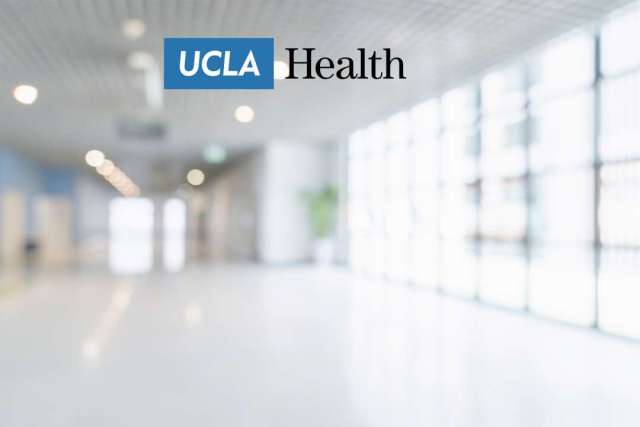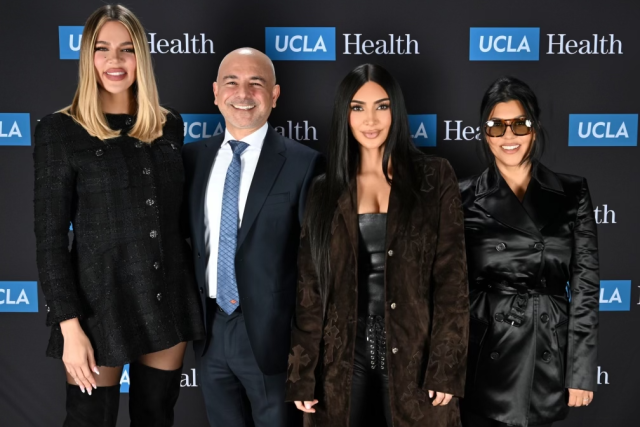The threat of earthquakes, terrorist attacks and other natural and man-made disasters provided the backdrop for UCLA Medical Center's participation April 17 in a three-county exercise staged to increase preparedness in the Southern California area.
UCLA Medical Center joined forces with the California National Guard and various emergency responders throughout Southern California to participate in the large-scale exercise, which was conducted at major landmarks in the Los Angeles area on April 17 and will continue through April 19. The hospital agreed to participate to enhance its readiness to respond to natural disasters, chemical attacks and other terrorist attacks.
"This disaster drill was a great opportunity to practice working closely with the military and other local agencies," said Dr. David L. Callender, associate vice chancellor and chief executive officer of the UCLA Hospital System. "Should such unfortunate events occur, such training exercises will play an indispensable role in helping to save lives and prevent human suffering."
The 9th Civil Support Team of the California National Guard, based out of Los Alamitos, spearheaded the exercise — designed by the U.S. military and code-named Operation Vector — along with Colorado and Nevada National Guard units.
The scenario involved a large simulated earthquake that struck the Los Angeles region. It also included a simulated attack by terrorists who released a biological agent at various Southern California sites and caused other damage to the region.
Operation Vector began at 5 a.m. on April 17 at simultaneous locations, including UCLA Medical Center, the Museum of Tolerance and the West Los Angeles Veterans Administration Center.
As part of the drill, UCLA Medical Center received 25 patients — military personnel in makeup and fake blood — who suffered from earthquake injuries and symptoms consistent with exposure to a biological agent. Patients were triaged in the hospital's emergency department, and some potentially contaminated patients were transported to the hospital's decontamination trailer for treatment.
-UCLA-
RYM174



